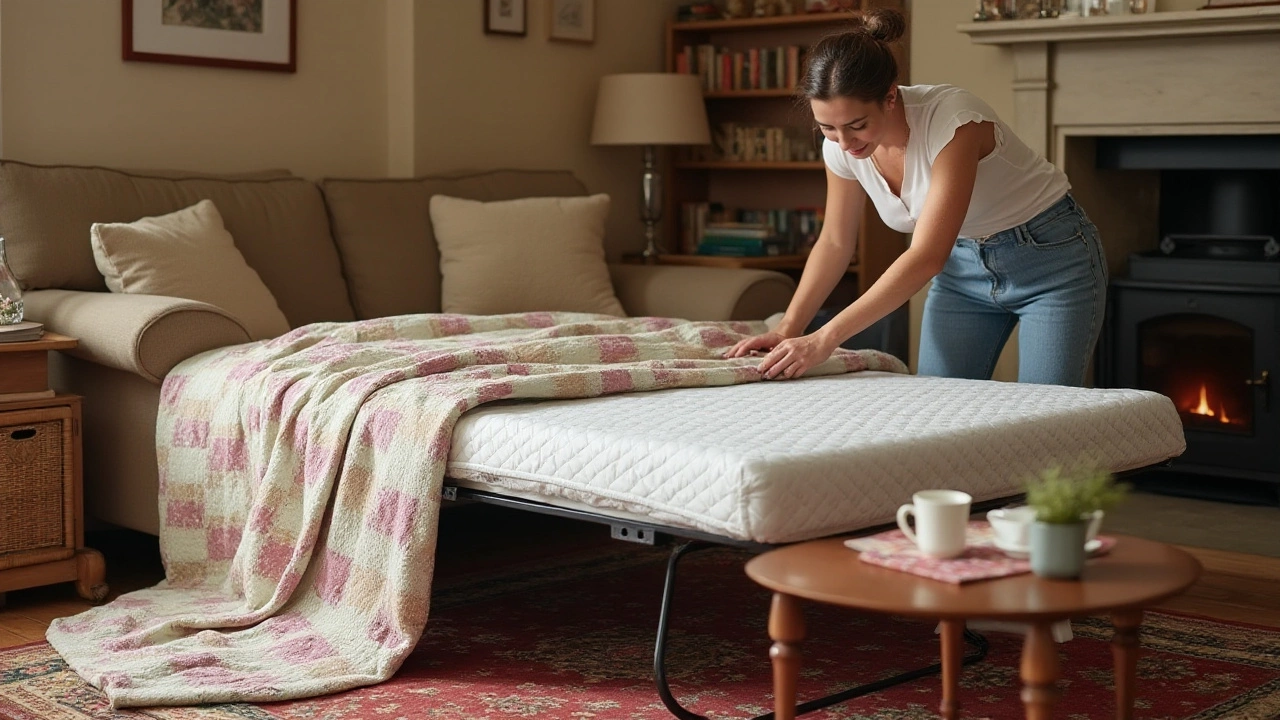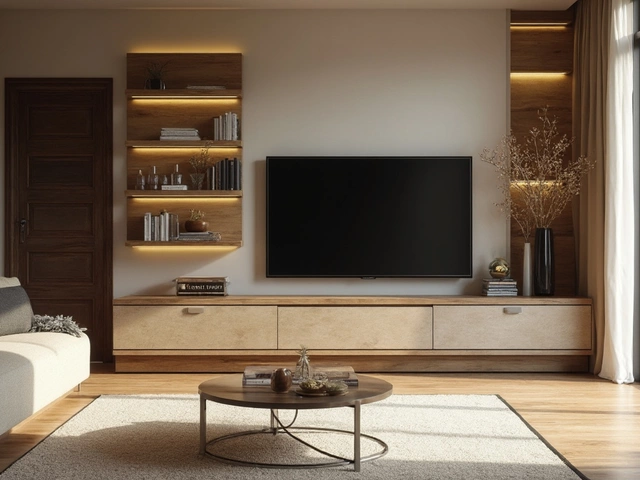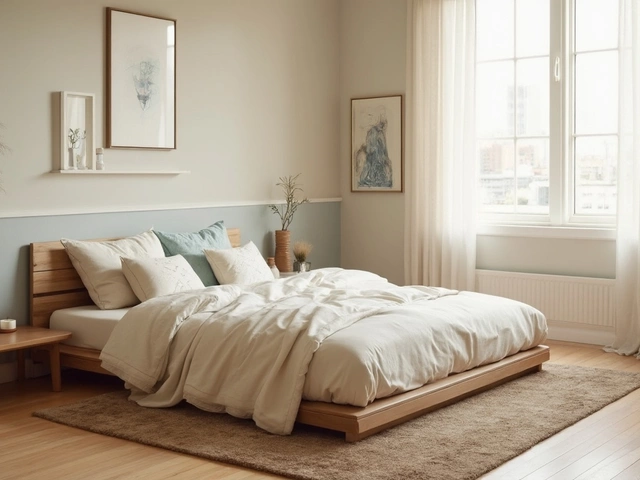Comfortable Furniture Ideas for Every Room
When a chair feels good, you sit longer, learn faster, and work better. That’s why comfort isn’t a luxury – it’s a must for schools, offices, and any living space. Below you’ll find simple, down‑to‑earth tips that help you pick furniture that actually feels right, without spending hours researching.
Why Comfort Matters in Learning and Workspaces
Kids and adults both need proper support. A cramped desk or a hard‑backed chair can cause slouching, fatigue, and lost focus. In a classroom, an ergonomic desk lets students keep their elbows at a 90‑degree angle, which reduces neck strain and improves concentration. In an office, a seat with adjustable lumbar support can cut back‑pain complaints by up to 30 %.
Comfort also boosts mood. When you’re not constantly adjusting or wincing, you’re more likely to stay engaged. That’s why schools and businesses are swapping cheap plastic furniture for pieces that blend durability with a soft feel.
Top Picks for Comfortable Seats and Sofas
Here’s a quick cheat‑sheet of what to look for:
- Ergonomic chairs – Look for a breathable mesh back, a seat height that lets feet rest flat on the floor, and a headrest if you’re tall.
- Mid‑back vs high‑back – Mid‑back works for short sessions; high‑back gives extra neck support for long meetings or study marathons.
- Adjustable desks – A desk that moves from sitting to standing keeps circulation flowing and reduces the urge to slump.
- Soft‑edge sofas – Rounded corners prevent bumps, while a cushion with a 2‑inch foam core offers a plush feel without sinking.
- Storage benches – A bench that doubles as a seat and a box keeps rooms tidy and gives a firm, supportive surface.
These items appear in many of our blog posts, from "How to Spot High‑Quality Chairs" to "Best Sofa Types for Every Home." If you read those guides, you’ll see real‑world examples that line up with the list above.
Don’t forget the small details: a padded armrest, a seat depth that lets you sit back with your back fully supported, and fabrics that breathe. These tweaks make a big difference in daily comfort.
Finally, test before you buy whenever possible. Sit for at least five minutes, adjust the height, and lean back. If you feel a slight bounce, the cushion may be too soft; if you feel pressure on your tailbone, look for a thicker seat pad.
Choosing comfortable furniture doesn’t have to be a gamble. Use the criteria above, check out our related guides, and you’ll end up with pieces that feel right from day one. Your back, your brain, and your guests will thank you.





